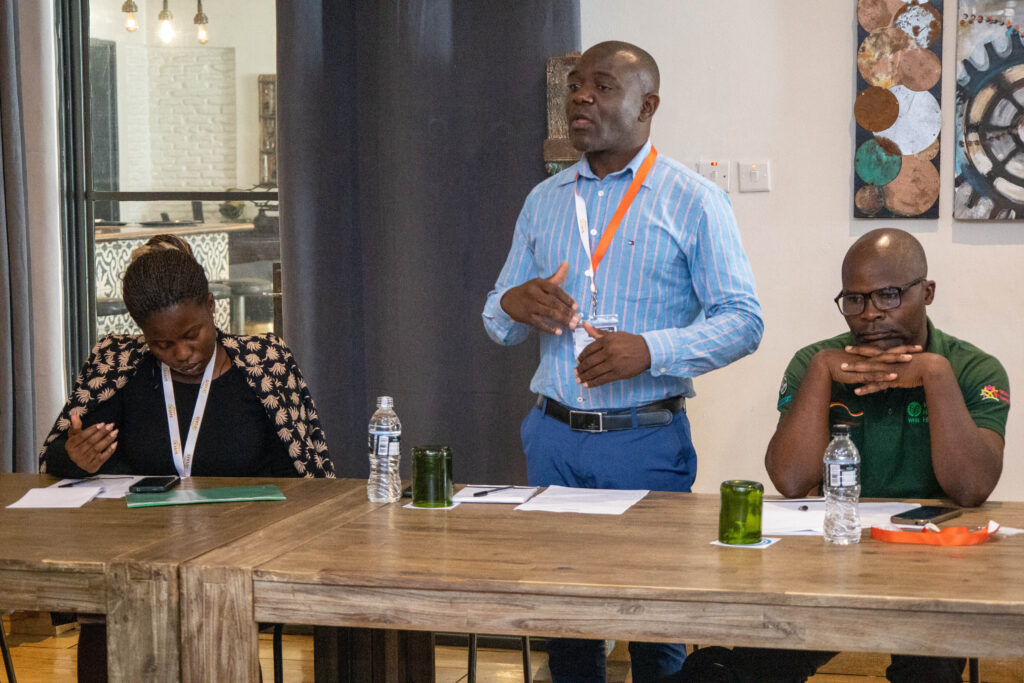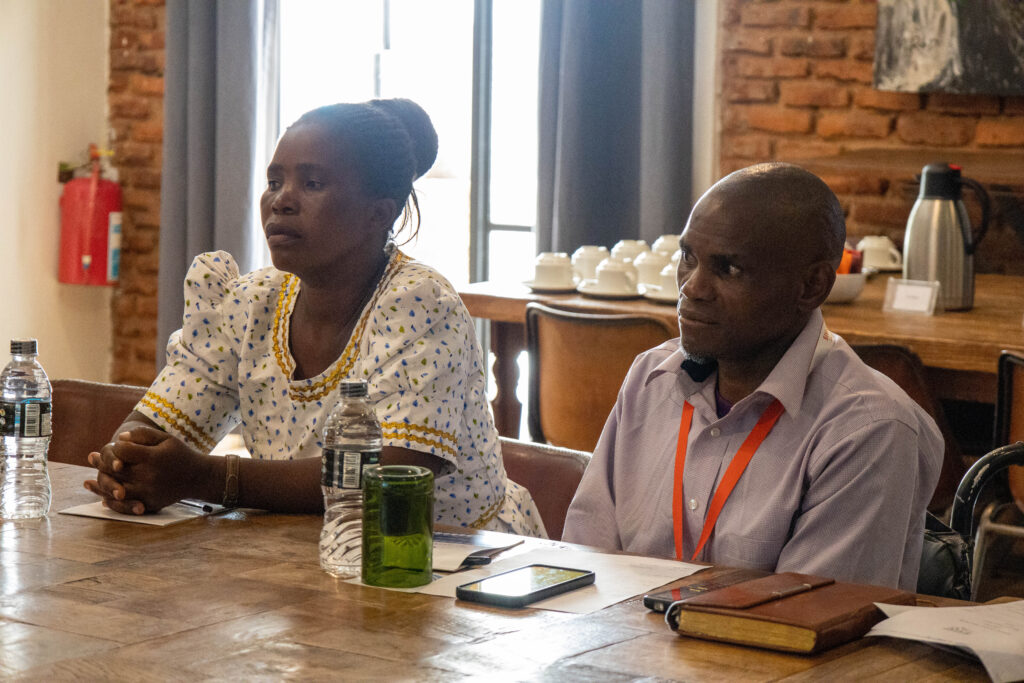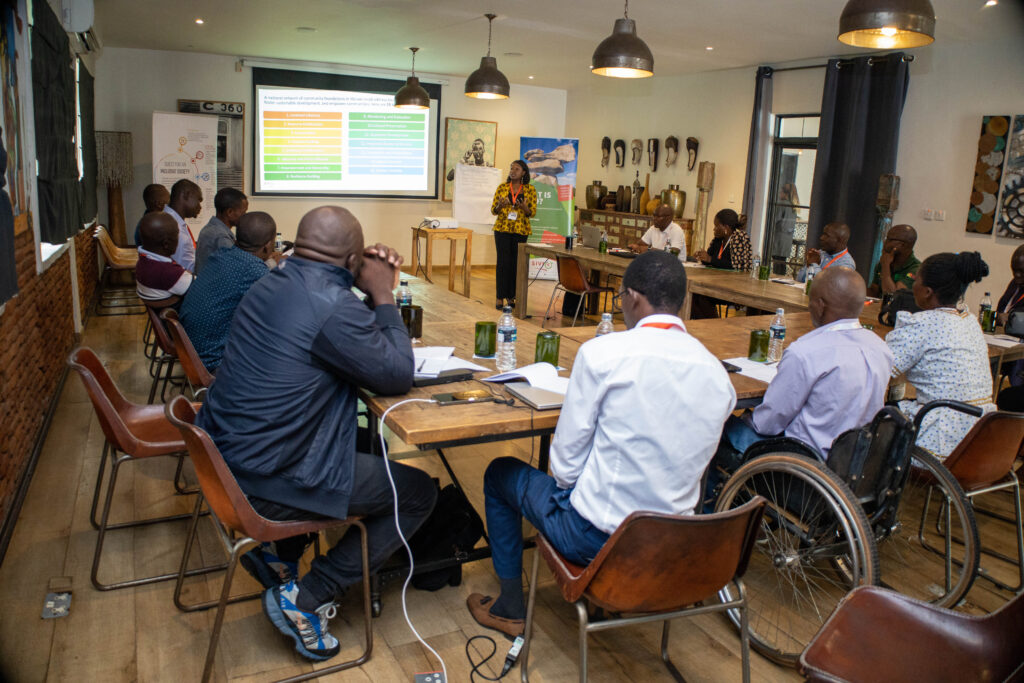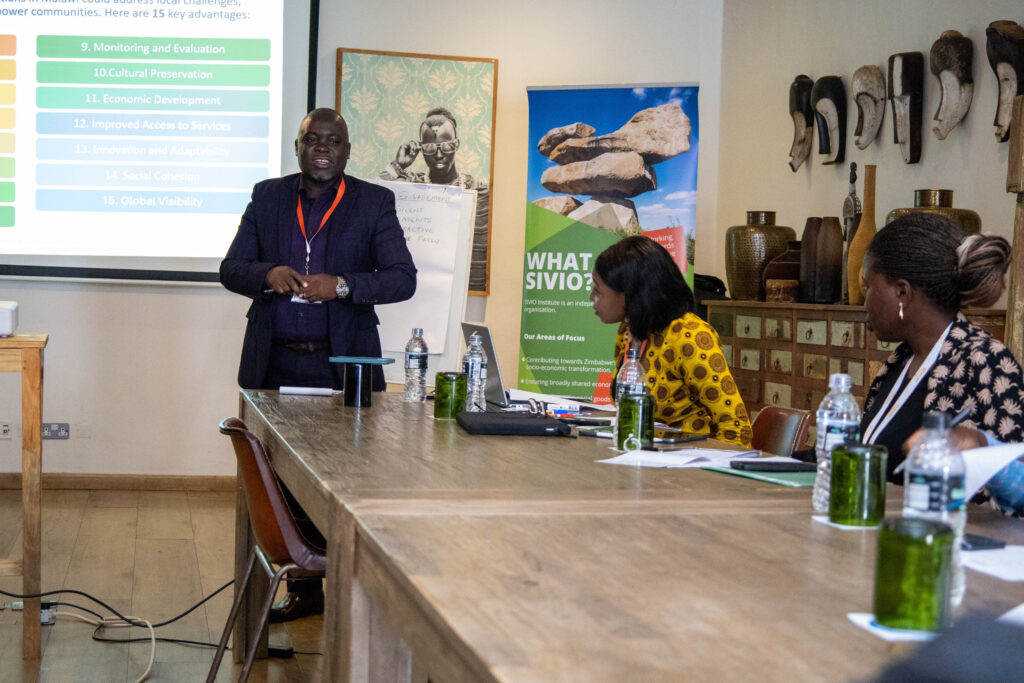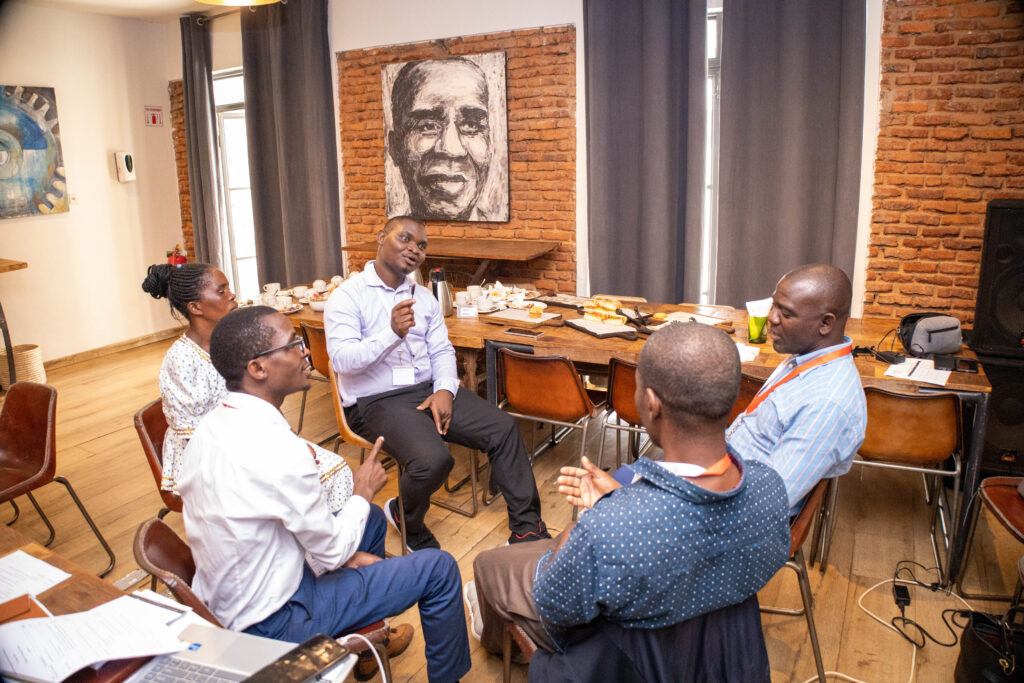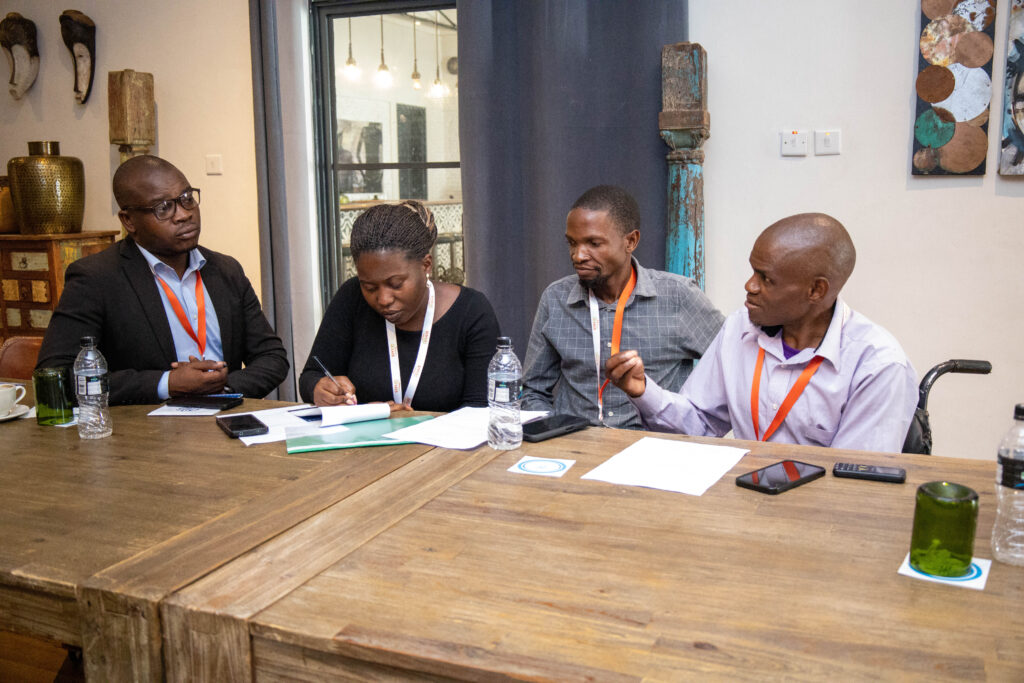Reality check- No one is coming to rescue Africa!
For decades, Official Development Assistance (ODA) from developed countries has been existing to tackle various challenges in Africa. The Non-Governmental Organisation (NGO) system also rose on the continent to address Africa’s challenges and complement government efforts. Throughout all these interventions, community efforts to address their own challenges were seldomly recognised. In fact, certain aid systems reduced communities to merely passive recipients which in most cases created a dependency syndrome. In spite of this, communities still emerge as the first respondents in times of crisis like the floods and disease outbreaks. They are the glue that binds, but their activities are hardly acknowledged while big organisations take the limelight for efforts to address challenges in communities.
However, a new community philanthropy movement is on the rise in Africa – the Community Foundations (CFs)movement. Most community foundations in Africa have operated without identifying themselves as such. This is because, in many African countries, there is no registration jurisdiction dedicated specifically for CFs. Their registration usually falls under the NGOs or Community-Based Organisations’ registration framework and policies. Different from traditional NGOs, Community Foundations are local organisations that empower communities to take ownership of their development through resource mobilisation, collaboration, and innovation. The recent meeting of Community Foundations in Malawi on March 13, 2025 organised by SIVIO Institute, highlighted the transformative potential of these organisations and the importance of building networks to strengthen the philanthropy ecosystem.
Revisiting What Community Foundations Are
The meeting started by revisiting the CF concept. Community Foundations are locally rooted organisations that mobilise resources (financial, human, and social) to address the unique challenges faced by their communities. Unlike traditional NGOs, CFs are deeply embedded in the communities they serve, ensuring that solutions are homegrown and sustainable. They operate on the principle of community philanthropy, where communities themselves are also donors, mobilising resources to tackle issues ranging from education and healthcare to economic development and cultural preservation.
The community foundations concept in Africa is likely to be sustained by the values and norms of the African people since community philanthropy is not a new phenomenon in Africa. For centuries, communities have come together to support one another during times of need, whether through contributions at funerals, weddings, or other communal events. This spirit of solidarity, often encapsulated in the term Ubuntu “I am because you are”, solidifies the foundation of African philanthropy. However, until recently, these practices were largely undocumented and underappreciated in the global philanthropy landscape.
The Malawi Experience: A Growing Movement
On the 13th of March 2025, SIVIO Institute hosted a meeting of CFs of Malawi. Representatives from 12 community foundations in Malawi came together to explore the proposed idea of forming a Network of Community Foundations in Malawi. The meeting, facilitated by SIVIO Institute, highlighted the need for collaboration and resource sharing among CFs to amplify their impact. Participants shared inspiring stories of how their organisations were established, the challenges they faced, and the innovative ways they overcame them. The stories buttressed the need for a network to share such lessons for the advancement of community development.
Impressively, the community foundation movement has gained significant momentum thanks to the efforts of Mudzi Connect (formerly World Connect). The organisation, under the leadership of Frank Kasonga, has played a pivotal role in incubating and supporting 11 community foundations across the country. Makanjira Community Foundation, a twelfth organisation, was already established as a CF with an incredible understanding of the concept. The organisation has made spearheaded development in society through local resource mobilisation. They also pull resources from people who were born and bred from the community but are now based in other places, mainly due to economic migration. Through the mobilised resources they have built classroom blocks and provided scholarships for students to address the challenge with access to education. Other organisations gathered on the day also shared their stories of addressing local challenges through community-led solutions.
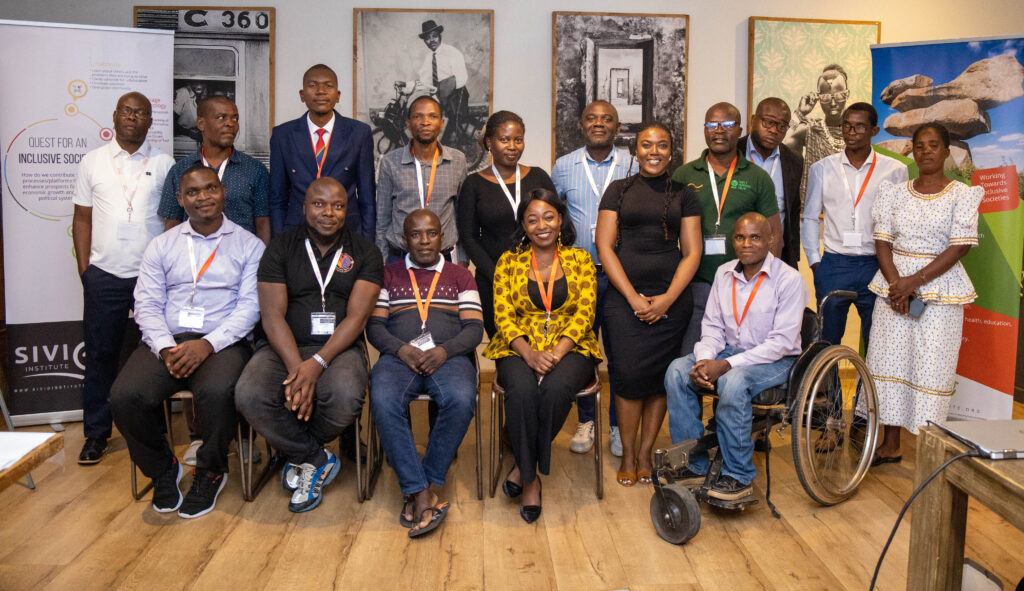
The Value of Network Building in Philanthropy
One of the key takeaways from the meeting was the importance of network building in the philanthropy ecosystem. The Dr Murisa provided an overview of the philanthropy landscape in Africa, from High Networth Individual Foundations, Intermediary Foundations to the Community Foundations. He emphasised that while community philanthropy organisations or community foundations exist, they often operate in silos, with limited sharing of best practices. This isolation limits their potential to create systemic change.
A network of community foundations can address this challenge by fostering collaboration, resource sharing, and collective advocacy. Dr Murisa outlined 15 key benefits of such a network, including:
- Localised Solutions: Tailored responses to community-specific challenges.
- Resource Mobilisation: Pooling resources together for greater impact.
- Sustainability: Building long-term resilience through community ownership.
- Capacity Building: Strengthening the skills and governance of CFs.
- Enhanced Collaboration: Encouraging partnerships and knowledge exchange.
- Advocacy and Policy Influence: Amplifying the voice of communities in policy discussions.
- Empowerment and Ownership: Ensuring communities lead their own development.
- Resilience Building: Preparing communities to withstand crises.
- Monitoring and Evaluation: Improving accountability and impact measurement.
- Cultural Preservation: Protecting and promoting local heritage.
- Economic Development: Driving local economic growth through community initiatives.
- Improved Access to Services: Enhancing the delivery of essential services.
- Innovation and Adaptability: Encouraging creative solutions to emerging challenges.
- Social Cohesion: Strengthening community bonds and trust.
- Global Visibility: Showcasing African philanthropy on the global stage.
The Birth of the Community Foundations Network in Malawi
The meeting in Malawi marked a significant step toward the formation of a Community Foundations Network in the country. Participants expressed great enthusiasm for the idea and agreed on the need for SIVIO Institute to provide technical guidance and support in establishing the network. Mudzi Connect, as the in-country Community Foundation Support Organisation (CFSO), pledged continued support for the initiative.
The network will focus on key functions such as resource sharing, collaboration, and advocacy for an enabling environment for philanthropy to thrive. To ensure sustainability, members proposed fundraising strategies, including grant applications, membership subscriptions, and local resource mobilisation. They also nominated Rise for Phoka to handle communications, leveraging the organisation’s expertise in storytelling and visibility.
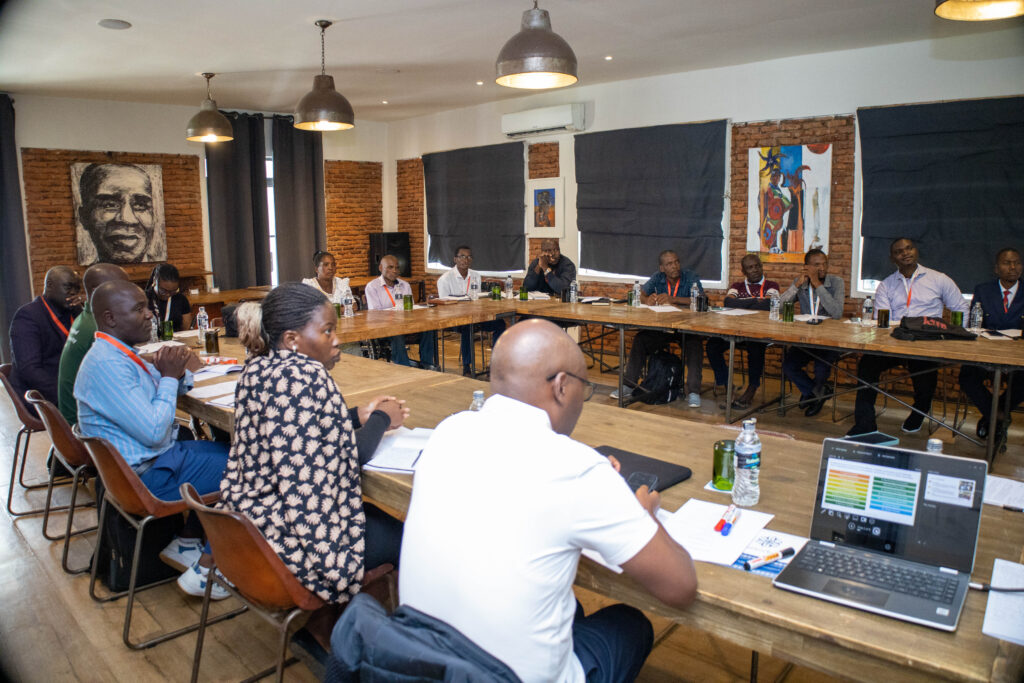
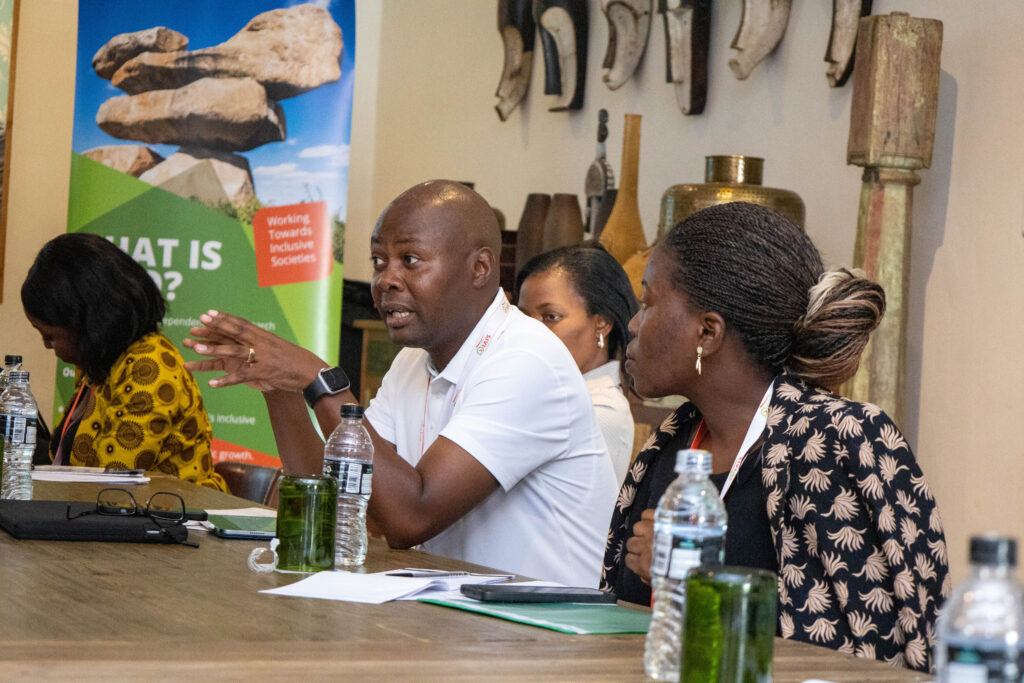
Key Lessons from the Malawi Experience
The Malawi experience offers valuable lessons for the broader philanthropy ecosystem:
- Communities as Donors: Communities are not just beneficiaries; they are active participants in their own development. By mobilising local resources, they demonstrate the power of collective action.
- Community Involvement: Sustainable progress requires the active participation of communities. CFs must engage communities at every stage of the development process.
- Trust and Accountability: Building trust is crucial for the success of community foundations. Transparency and accountability are key to gaining community buy-in.
- Addressing Community Issues: CFs must remain flexible and responsive to the evolving needs of their communities, without limiting themselves to specific thematic areas. This is what distinguishes them from NGOs.
- Local-Led Solutions: Homegrown solutions are more effective and sustainable than externally imposed interventions. These have community input and tend to promote community ownership of development projects.
Conclusion: A Vision for the Future
The formation of a Community Foundations Network in Malawi represents a bold step toward strengthening the philanthropy ecosystem in the country. By fostering collaboration and resource sharing, the network has the potential to amplify the impact of community foundations and drive sustainable development across the country.
As we look to the future, the Malawi experience serves as a powerful reminder of the transformative potential of community philanthropy. With shrinking funding sources and the exiting of some ODA, maybe hope lies in embracing an ecosystem approach to advancing development from the bottom up. Community foundations in Malawi are also exploring alternative funding models including adopting the social enterprise model. Building upon the capabilities of communities to participate in their own development, the enterprises may finance projects to some extent than depending solely on external funding.
